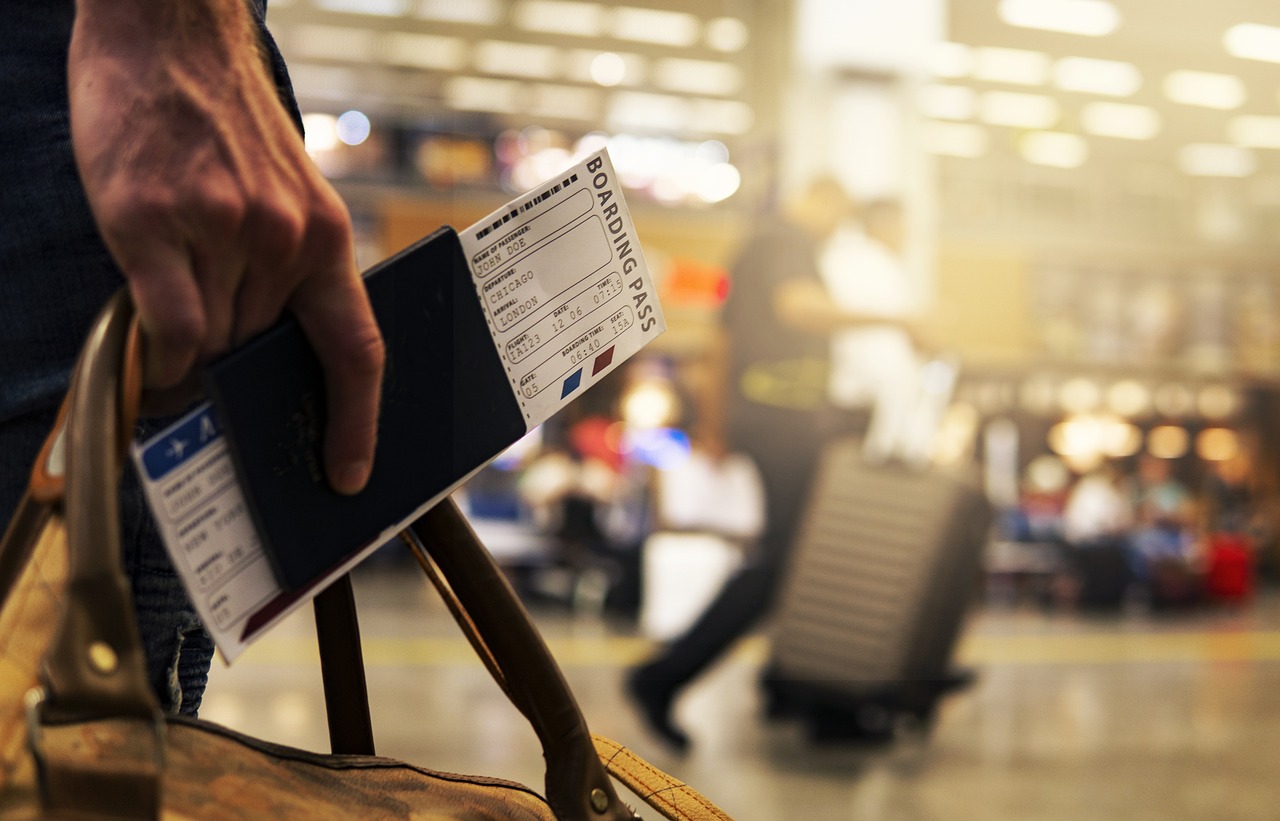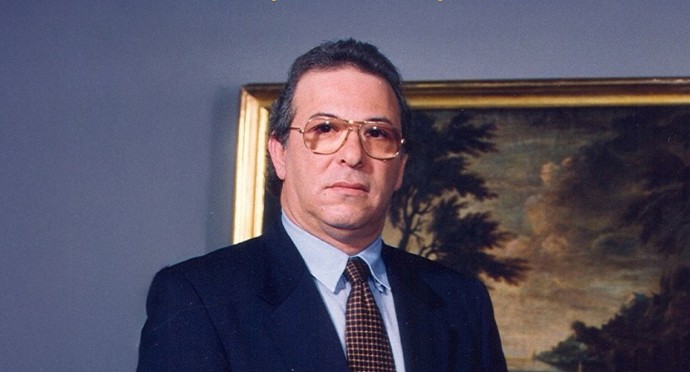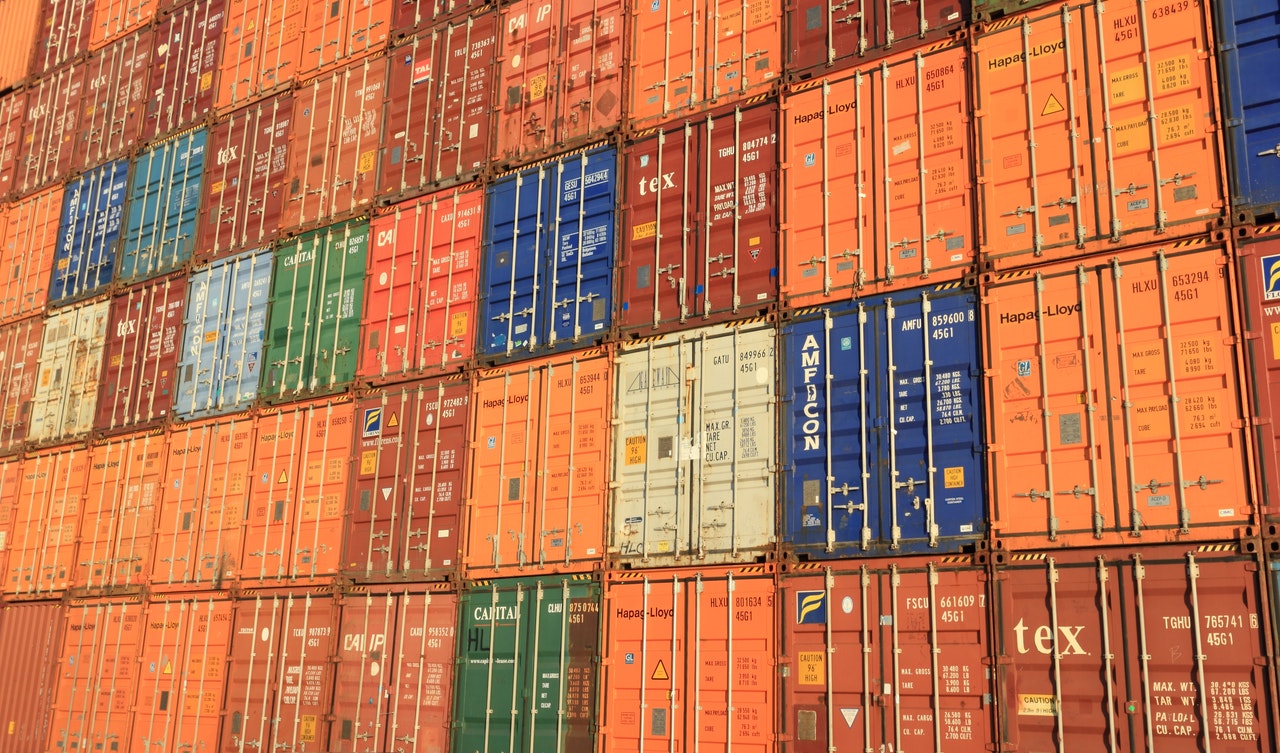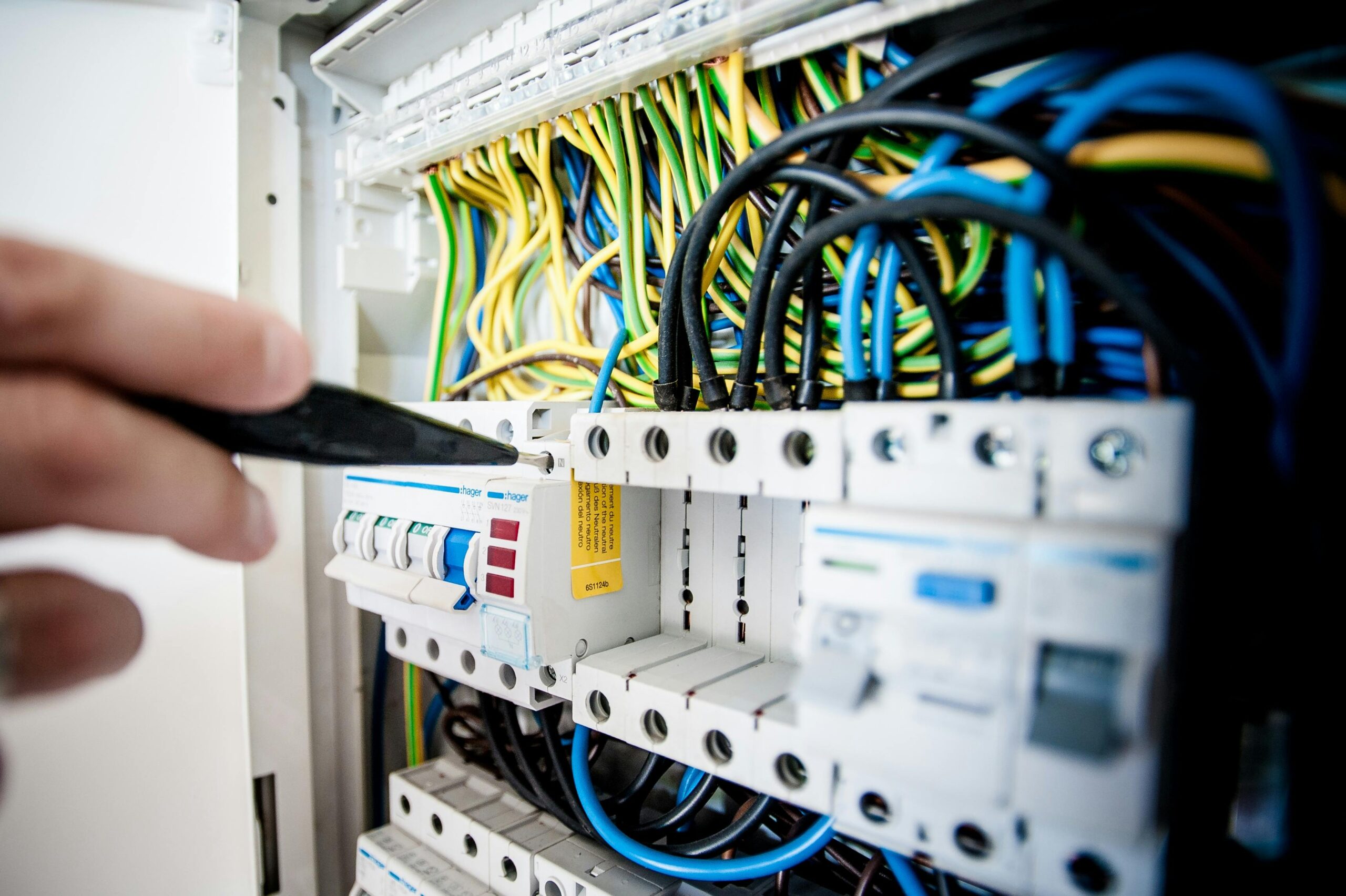Forgetting a liquid item in your hand luggage only for it to get seized by airport security is undoubtedly a tedious aspect of having to travel with a plane.
Luckily, for the UK – or some of it – a new rule about increasing liquid capacity for hand luggages just came into force on 1st June, loosening stringent global travel rules.
Back in 2019, Boris Johnson promised to extend the 100ml liquid rule to two litres. The 100ml limit was established and put into practice since November 2006 in place of a complete liquid ban in cabins imposed months earlier. The rule was put in place to combat risk of explosives on aircraft.
The original deadline was set to 2022 but was extended to June 2024 as most airports have not yet upgraded screening equipment, similar to Computed Tomography (CT) scanners seen in hospitals.
Many airports across the UK have now accepted the new rule. This includes: London City airport, London Southend, Teesside, Newcastle, Aberdeen, Inverness and Stornoway.
Bristol will be introducing the new rule shortly, on 14th June, with a 330ml limit on liquids.
On the other hand, Birmingham airport announced that it will be allowing passengers to leave liquids in bags and hand luggages (as opposed to having to put them in a separate plastic bag) but kept the 100ml rule.
Edinburgh airport has installed one lane with a CT Scanner but has asked the public to abide by the original rule because the rest are old scanners.
Meanwhile, England’s busiest airports: London Heathrow, Gatwick, Stansted and Manchester airports have not managed to implement new machinery until June and were given one final deadline until 2025.
The reason behind the delay was attributed to the size of the airports. For instance, London Heathrow has to replace 146 lanes while other small-scaled airports have around 10 or less.
Gatwick is expected to be fully compliant by the first three months of 2025.
Will the new rule decrease safety?
The UK’s Independent travel correspondent Simon Calder noted that modern scanners use CT to analyse molecular structure of all items in a passenger’s bag.
If a potential threat is detected by the machine, security officers will have a 3D image of its contents. Laptops and other electronic equipment will also be analysed for potential danger.
Once such technology is installed, airports are able to ease rules for passengers while maintaining security. Mr Calder also noted that such technology makes security checks more efficient and less stressful
Debunking the gender pay gap in the EU
Around 24 per cent of the gender pay gap is due to over-representation of women in relatively low-paid sectors
EU to tax small parcels from China in new crackdown
The decision to remove the exemption on small parcels is part of a broader overhaul of EU customs rules
Malta enjoys second lowest electricity prices in the EU
The cost of 100 kWh of electricity ranges from €38.4 in Germany to a low of €6.2 in Turkey






